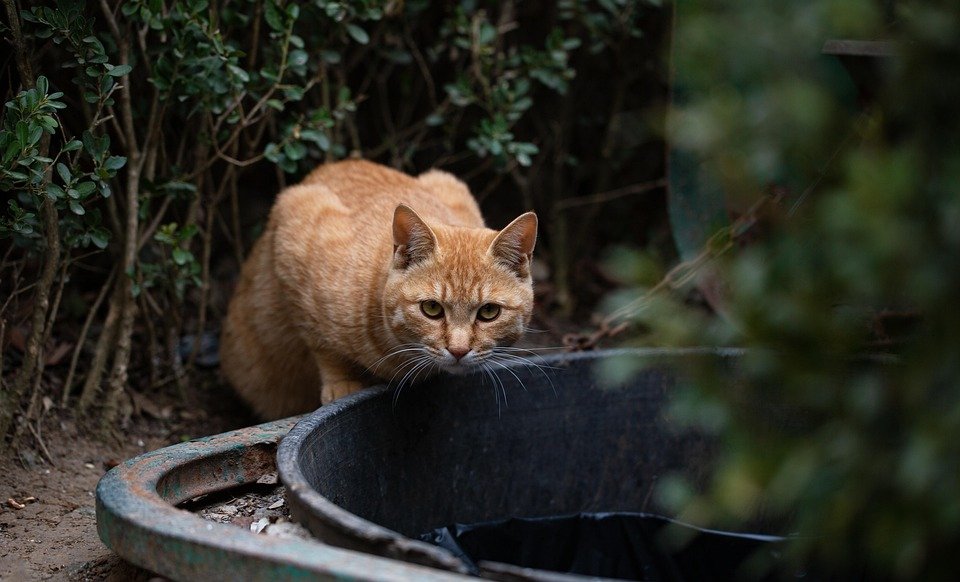
Feral cats, unlike their domesticated counterparts, live in the wild and often have limited access to regular grooming and hygiene care. While these resilient creatures are adept at surviving on their own, they still benefit from human intervention in certain aspects of their health and hygiene. Proper hygiene is crucial not only for the well-being of feral cats but also for controlling the spread of diseases in communities where they reside. This article provides essential hygiene tips for feral cats, focusing on practical and humane interventions.
Understanding Feral Cats
Before diving into specific hygiene tips, it’s important to understand what constitutes a feral cat. Feral cats are typically the offspring of stray or abandoned cats and have had little to no human interaction. They are generally fearful of humans and rely on their instincts to survive. These cats form colonies and live in a variety of environments, from urban to rural settings.
Importance of Hygiene for Feral Cats
Hygiene plays a pivotal role in the health and longevity of feral cats. It helps prevent the spread of infectious diseases, controls parasites, and improves their overall quality of life. Moreover, maintaining good hygiene among feral cat populations can reduce the risk of zoonotic diseases, which are infectious diseases that can be transmitted from animals to humans.
Feeding Stations and Cleanliness
Establishing a Feeding Routine
One of the first steps in improving the hygiene of feral cats is to establish a regular feeding routine. Consistent feeding not only helps control the population by encouraging spay and neuter programs but also allows for better health monitoring of the cats. When setting up feeding stations, ensure they are placed in clean, dry areas away from potential contaminants.
Maintaining Clean Feeding Stations
Regularly clean the feeding stations to prevent the spread of bacteria and disease. Use stainless steel or ceramic bowls as they are easier to sanitize than plastic. Dispose of uneaten food promptly to avoid attracting pests and ensure that water is fresh and changed daily.
Parasite Control
Flea and Tick Prevention
Feral cats are prone to infestations of fleas and ticks, which can lead to severe health issues if not controlled. Although it can be challenging to treat feral cats directly, there are ways to help minimize the spread of parasites. Consider providing flea and tick prevention treatments through bait stations or during trap-neuter-return (TNR) efforts.
Internal Parasite Management
Internal parasites such as worms are also common in feral cat populations. Providing deworming medication during TNR programs can significantly reduce the burden of these parasites. Additionally, keeping feeding areas clean and free from feces can help prevent the spread of internal parasites.
Vaccination and Disease Prevention
Core Vaccinations
Vaccination is a crucial component of disease prevention in feral cats. Core vaccines such as those for feline panleukopenia, calicivirus, and herpesvirus are recommended. Administering vaccines during TNR operations ensures that a larger number of cats receive protection, reducing the overall disease burden in the colony.
Monitoring for Illness
While it may be difficult to closely monitor individual feral cats, keeping an eye on the overall health of the colony is important. Look out for signs of illness such as lethargy, coughing, sneezing, or visible injuries. If a cat appears to be sick, consult with a veterinarian experienced in working with feral cats to determine the best course of action.
Sanitation and Waste Management
Litter Management
While feral cats do not use traditional litter boxes, managing waste in areas where they frequent is important. Encourage cats to use designated areas for elimination by providing sand or soil pits, and clean these areas regularly to prevent the spread of disease.
Proper Disposal of Waste
Dispose of waste materials, such as feces and soiled bedding, in a sanitary manner. Use sealable bags to contain waste and dispose of it with regular trash collection services. This practice helps maintain a clean environment and reduces the risk of disease transmission.
Trap-Neuter-Return (TNR) Programs
Benefits of TNR
Trap-Neuter-Return programs are one of the most effective ways to manage feral cat populations and improve their overall health and hygiene. TNR involves humanely trapping feral cats, having them spayed or neutered, vaccinating them, and then returning them to their original location. This approach not only controls the population but also reduces aggressive behaviors and the spread of diseases.
Incorporating Hygiene into TNR
During TNR efforts, take the opportunity to administer flea and tick treatments, deworming, and vaccinations. Ensuring that each cat receives these basic hygiene interventions can have a significant positive impact on the health of the entire colony.
Community Involvement and Education
Raising Awareness
Educating the community about the importance of feral cat hygiene is essential for garnering support and resources. Hold informational sessions, distribute pamphlets, and use social media to spread awareness about how individuals can help improve the hygiene and health of local feral cats.
Engaging Volunteers
Volunteers play a crucial role in maintaining feral cat colonies. Encourage community members to participate in feeding, monitoring, and TNR programs. Proper training and guidance ensure that volunteers can effectively contribute to the hygiene and welfare of feral cats.
Conclusion
Ensuring the hygiene and health of feral cats is a challenging but rewarding endeavor that requires a collective effort from individuals, communities, and animal welfare organizations. By implementing essential hygiene practices such as maintaining clean feeding stations, controlling parasites, administering vaccinations, and engaging in TNR programs, we can significantly improve the quality of life for feral cats. In doing so, we not only protect these resilient animals but also contribute to a healthier and more harmonious coexistence between humans and feral cat populations.






